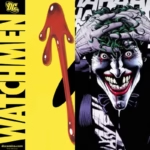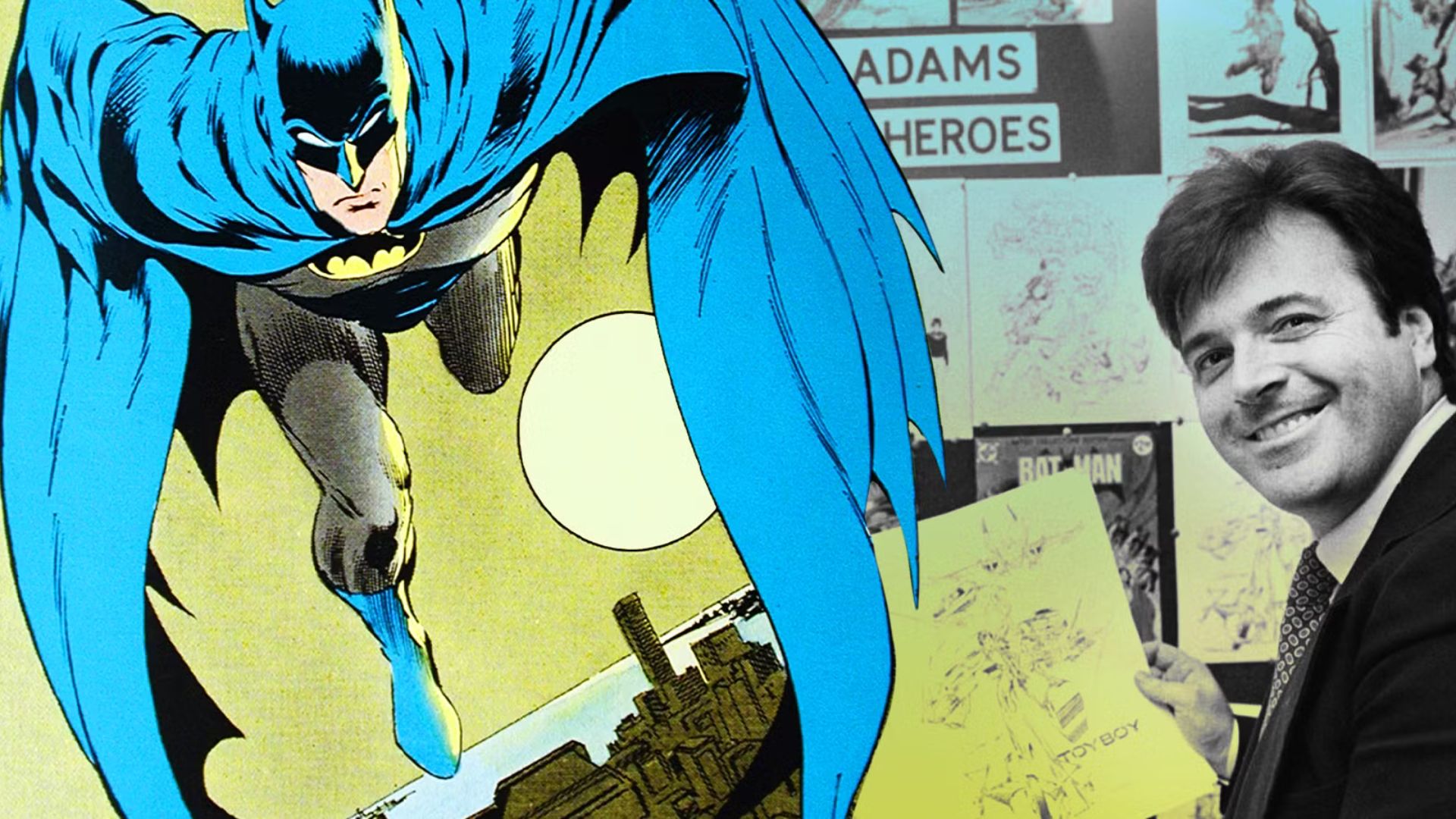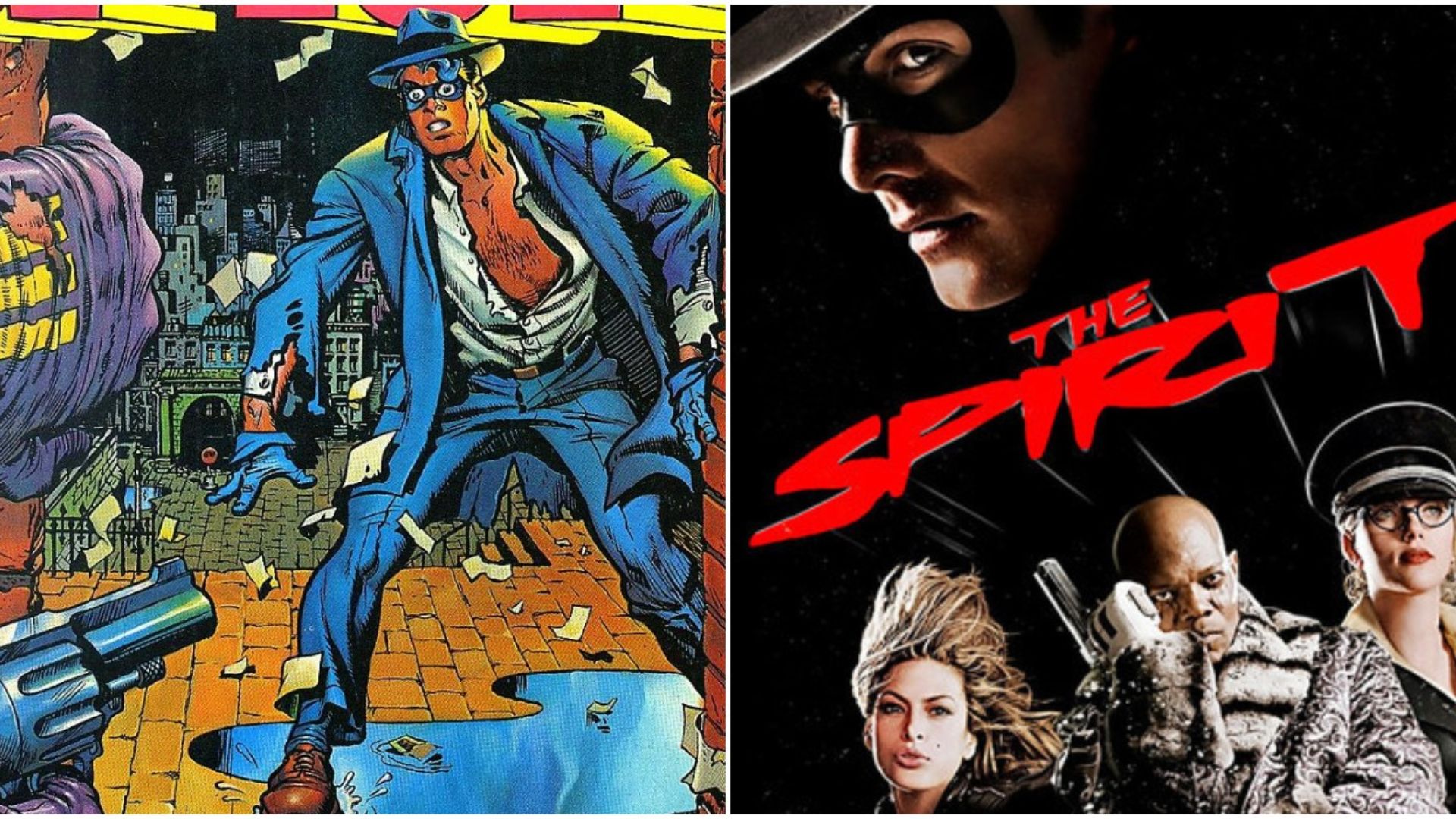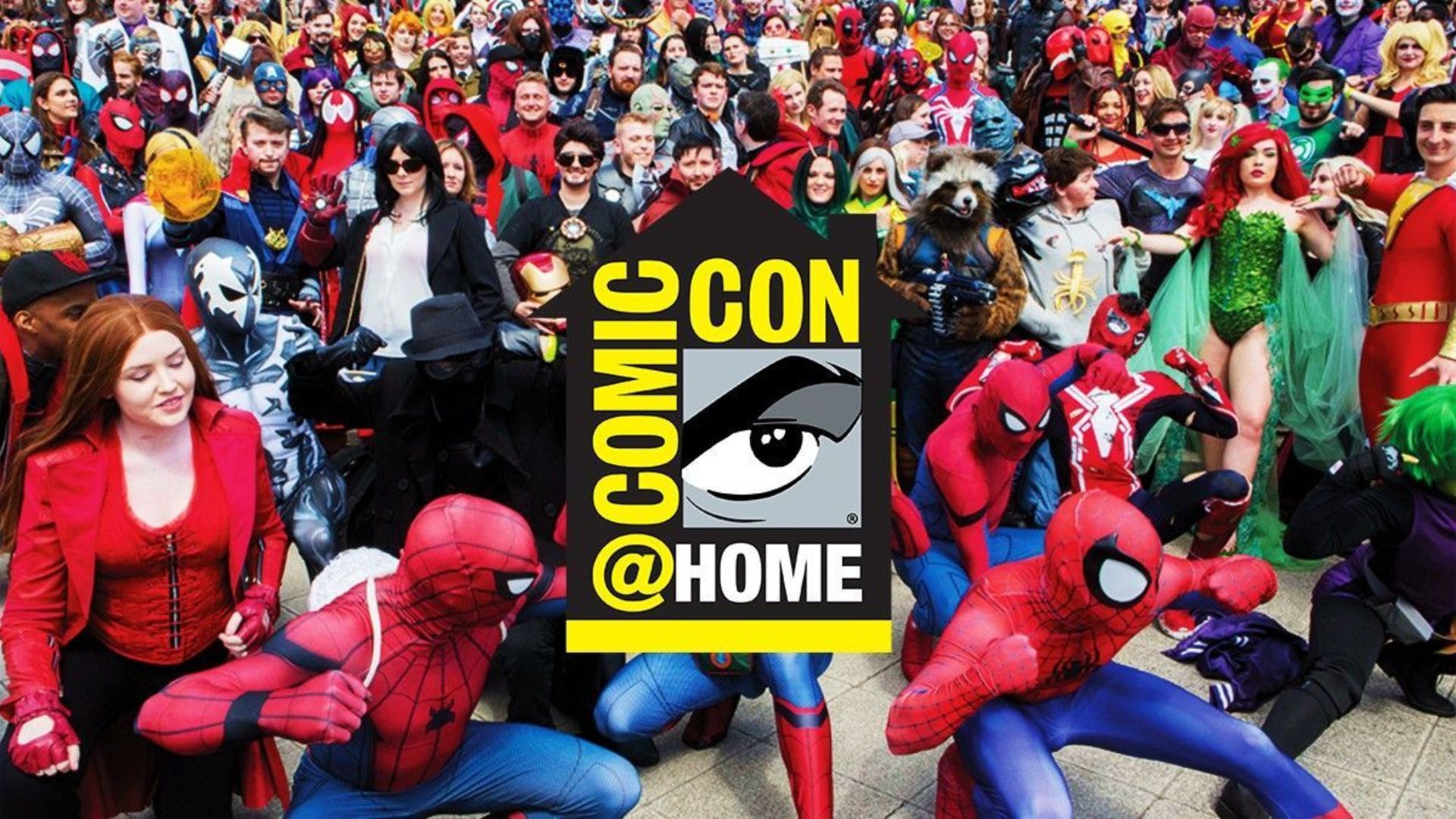Comic book artists do more than just draw—they create entire worlds. They bring stories to life, shaping characters that fans adore. Over the years, several comic book artists have completely transformed the industry. Their styles, stories, and innovations have influenced comics, movies, and pop culture as a whole. In this article, we will look at the comic book artists who changed the industry and made their mark in history.

1. Jack Kirby – The King of Comics
Jack Kirby is known as “The King of Comics.” He co-created many famous superheroes, including The Fantastic Four, Thor, and The X-Men. Kirby’s dynamic, action-packed style became iconic. His bold lines and exaggerated characters set a new standard in comic book art. Additionally, his work on The New Gods introduced a cosmic, mythological feel that has influenced countless artists.
Kirby didn’t just draw comics—he created universes. His storytelling style was epic. He helped shape Marvel’s early years, working alongside writer Stan Lee.
2. Steve Ditko – The Co-Creator of Spider-Man
Steve Ditko is best known for co-creating Spider-Man. He helped give Spider-Man his distinctive look and personality. Ditko’s clean, precise style and his innovative layouts made Spider-Man stand out. He also co-created Doctor Strange, a character whose art style was unlike anything seen before. Ditko’s ability to blend surrealism with superhero stories opened up new possibilities for comics.
Ditko’s work on Spider-Man focused on Peter Parker’s inner struggles. Ditko made sure that the character wasn’t just a superhero, but a relatable young man dealing with real-life problems. This emotional depth added richness to Spider-Man’s stories and set the character apart from others.
3. Jim Lee – A Modern Comic Book Icon
Jim Lee is one of the most popular comic book artists today. His artwork on X-Men and Batman: Hush helped define the 1990s. Lee’s art is known for its sleek, detailed designs and powerful action sequences. His ability to capture both drama and emotion through his artwork made him a fan favorite.
Lee didn’t just change comics with his art—he also helped change the industry. In 1992, he co-founded Image Comics, creating a new path for comic book creators. Image gave artists more control over their work. As a result, many creators followed in his footsteps. Today, Lee remains a leader in both art and business in the comic world.
4. Frank Miller – The Master of Dark and Gritty Comics
Frank Miller is famous for his darker, more mature storytelling. His work on The Dark Knight Returns (1986) completely redefined Batman. Miller’s vision of Batman as an older, more cynical hero became the blueprint for future stories. His gritty art style, combined with his complex character writing, brought a new tone to superhero comics.
Miller also revolutionized the Sin City series, which was darker and more adult-oriented than anything before it. Sin City’s unique black-and-white art style and violent stories gave the comic book world a fresh, bold direction.
5. Will Eisner – The Father of the Graphic Novel
Will Eisner is considered the father of the graphic novel. His series The Spirit (1940) introduced sophisticated storytelling techniques. Eisner used different layouts, panel arrangements, and visual pacing that were ahead of his time. He showed that comics could be more than just entertainment—they could be a powerful storytelling medium.
In 1978, Eisner published A Contract with God, one of the first graphic novels. This work explored serious themes like religion, poverty, and personal struggle, proving that comics could tackle complex topics.
6. Bob Kane – The Creator of Batman
Bob Kane is the co-creator of Batman, one of the most famous superheroes in history. Along with Bill Finger, Kane introduced Batman in 1939, and the character became an instant success. Batman’s dark, mysterious persona made him different from other superheroes. Kane’s original design for Batman was simple, but his influence has lasted for decades.
Kane’s Batman became the foundation for all future portrayals of the character. From the Batman TV series to modern films, Batman’s image and stories have been shaped by Kane’s vision. While Bill Finger also played a huge role in developing Batman’s personality, Kane’s visual contributions created the character that audiences recognize today.
7. John Byrne – Master of Superhero Storytelling
John Byrne is known for his powerful storytelling and bold art style. His work on X-Men and Fantastic Four in the 1970s and 1980s helped redefine superhero comics. Byrne’s ability to combine action and emotion created stories that resonated with readers. His run on X-Men in particular was instrumental in turning the team into one of Marvel’s biggest franchises.
Byrne also had a major impact on Superman. His work on The Man of Steel in 1986 helped revitalize the character, making him more relatable to readers. Byrne’s clean lines and engaging storytelling helped redefine the superhero genre and set new standards for comic book art.
8. Neal Adams – Redefining Realism in Comics
Neal Adams is known for bringing realism and dynamic action to comic book art. His work on Batman and Green Lantern/Green Arrow in the late 1960s and early 1970s helped make superheroes feel more human. Adams’ art brought an unprecedented level of realism to comic books. His use of anatomy, shadow, and perspective made superheroes look more lifelike than ever before.
9. Todd McFarlane – Changing Spider-Man and Creating Spawn
Todd McFarlane is best known for his work on Spider-Man. His energetic, detailed style added a new dimension to the character. McFarlane’s version of Spider-Man had exaggerated proportions and dynamic poses, making him more visually exciting. McFarlane’s work on Spider-Man helped the character reach new heights of popularity in the 1990s.
In 1992, McFarlane co-founded Image Comics and created Spawn, a dark, supernatural antihero. Spawn became a huge success, and McFarlane’s distinctive art style brought the character to life in a way that resonated with fans. McFarlane’s influence helped change the comic book industry, giving more power to creators and pushing the boundaries of what comics could do.
Conclusion
These comic book artists didn’t just create iconic characters—they changed the entire comic book industry. Through their innovative art, storytelling, and passion, they redefined what comics could be. Their work continues to inspire new generations of artists and readers alike. Today, comic books are more than just entertainment—they are a respected art form. Thanks to the vision of these legendary artists, the comic book industry will never be the same.










